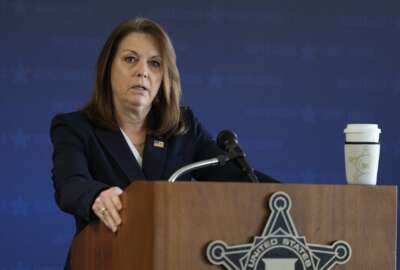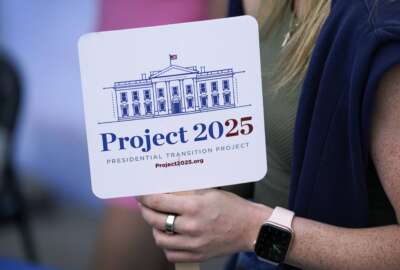Remember the song, “How do you solve a problem like Maria?” Substitute the word “Tesla” for Maria and you’ve got the question facing the National Transportation Safety Board. In a weird spat, the NTSB kicked Tesla off its list of “parties” to the investigation of a California crash.
NTSB is on, for it, new ground here. It’s really great at investigating plane and train crashes. But a semi-self-driving car stuffed with batteries — that’s new. Tesla has a high degree of interest in self-driving. Drivers using its autonomous features aren’t supposed to ram already-compressed guard rails and die.
A video at the company’s site shows a Tesla driving itself through a foggy suburb, and parking itself in a shopping center. The title states, “The person in the driver’s seat is only there for legal reasons. He is not doing anything. The car is driving itself.” The video is done in time lapse, so it looks as if the car is going way faster then it actually is.
Personally, if I was that person, I’d be petrified. But the car seems smart. Even a little creepy. At one point it seems to stop, back up, and take a closer look at two women talking on the shoulder of the road. Huh?
Tesla is not like an airline or charter operator, or aircraft makers with a long history of close safety regulation. The latter tend to cooperate fully with the small agency, turning over the flight data recorders and even engineering records when required. But the board was irked because Tesla was releasing its own findings without the agency have vetted and cleared them. A couple of Tesla releases seem aimed at establishing the driver was at fault. (The car in question was running in a hybrid mode, not fully driverless).
I’m as much a free marketeer as the next guy, but there are times when you want the federal government involved. In the unmanned aerial vehicle, DOT and NASA have considerable resources devoted to making sure drones basically don’t crash into each other, into other objects, or into airplanes with people aboard. DOT also has a full program devoted to autonomous vehicles. So the government is there. At the least, it can convene all of the parties for uniform rules, standards, and technology across the country.
These things take time. DOT still has a site devoted to promoting seat belts. They became an option on some cars during the Truman administration.
Until a couple of weeks ago, everyone thought driverless cars were, like, here already. They are, except they hit stuff. An autonomous car collided with a motorcycle in San Francisco last year. Police said it was the biker’s fault. He’d instituted a “two objects occupying the same space” issues by lane-splitting. That’s legal in California.
An Uber auto-automobile killed a pedestrian in Arizona last month. Somehow all the systems missed a large object directly in front of the car. It didn’t help that the car’s minder — shown in a widely distributed video — was only half paying attention. Maybe if she were fully watching she could have swerved or hit the brakes. The NTSB took that one on, too.
If this technology goes mainstream, it will only occur if the manufacturers and the government cooperate. The companies are all rah rah. The NTSB only sees what has to be scraped off the pavement.
Copyright
© 2024 Federal News Network. All rights reserved. This website is not intended for users located within the European Economic Area.






